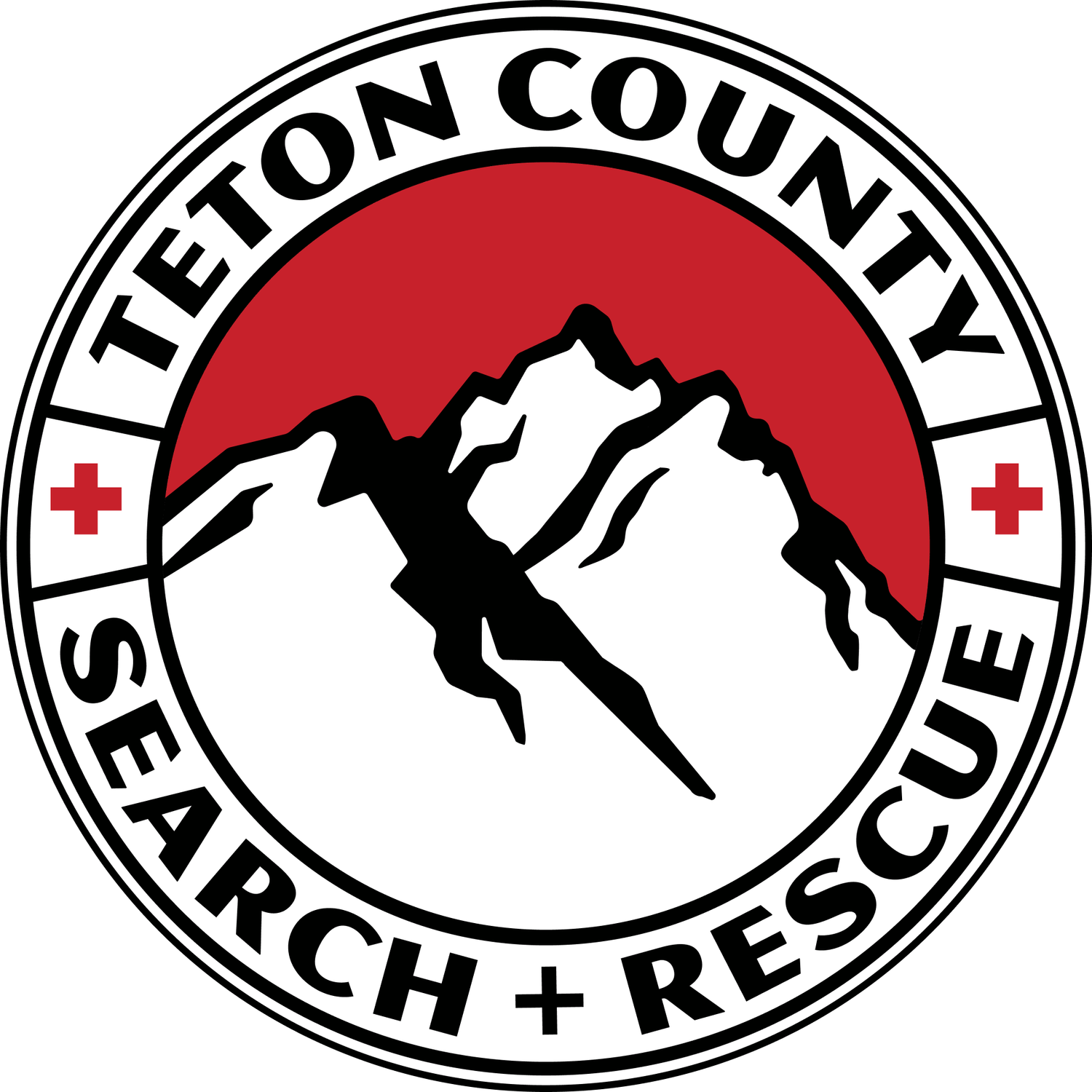Hypothermia
Teton County, Wyoming is located in a high mountain climate. The weather can change dramatically from day to day and hour to hour; snow is possible every month of the year; as are strong winds and rapid temperature drops. Because of these conditions, hypothermia is a possibility if you are unprepared in the mountains any time of year.
What is hypothermia
Hypothermia is a drop in the body’s core temperature, and is generally divided into 2 stages (mild and severe). In mild hypothermia, the body is able to maintain its temperature by shivering as long as heat loss is stopped. People in this stage of hypothermia often notice problems with muscle coordination and dexterity. In severe hypothermia, shivering stops, and people become confused and make poor decisions. It is in this sage that the body looses its ability to re-warm itself. As severe hypothermia progresses, the person becomes unresponsive and the heart rate slows, eventually resulting in death.
How to prevent hypothermia
The best way to prevent hypothermia is to be prepared for the weather. In Jackson Hole that means dressing in layers. First and foremost when in the mountains cotton clothing should never be worn. Cotton clothing when wet, as opposed to synthetic or wool materials, does not insulate. A basic strategy of a wicking base layer and a windproof/waterproof outer layer will often suffice on a summer outing. For winter or cooler weather, an insulating layer(s) may be required. Don’t forget a warm hat as well. In addition to clothing, consuming easily digested calories to fuel the bodies internal engine and staying hydrated are important to keeping your body warm.
How to treat hypothermia
Once hypothermia develops it is important recognize and to treat it as soon as possible. In mild hypothermia the body can still re-warm itself. If recognized early, consuming some easily digested calories and adding some insulation will often remedy the situation. Increasing physical activity can also help warm the body. Also getting out of the wind and weather to decrease heat loss is important. Severe hypothermia is harder to treat as the body has lost its ability to re-warm on its own. In this case it is imperative to get the patient out of the wind and weather, to insulate the person with a sleeping bag (or other dry layers) and insulating pad to keep them off of the cold ground, and to provide extra heat to the person (adding chemical warmers or a human body next to the affected person). If the person is awake enough to eat and drink providing calories is important. While hot fluids seem to make sense the heat alone is not enough to help re-warm a person with severe hypothermia and providing easily digestible calories is preferred. These patients will need gentle handling, evacuation, and medical attention as soon as possible.
